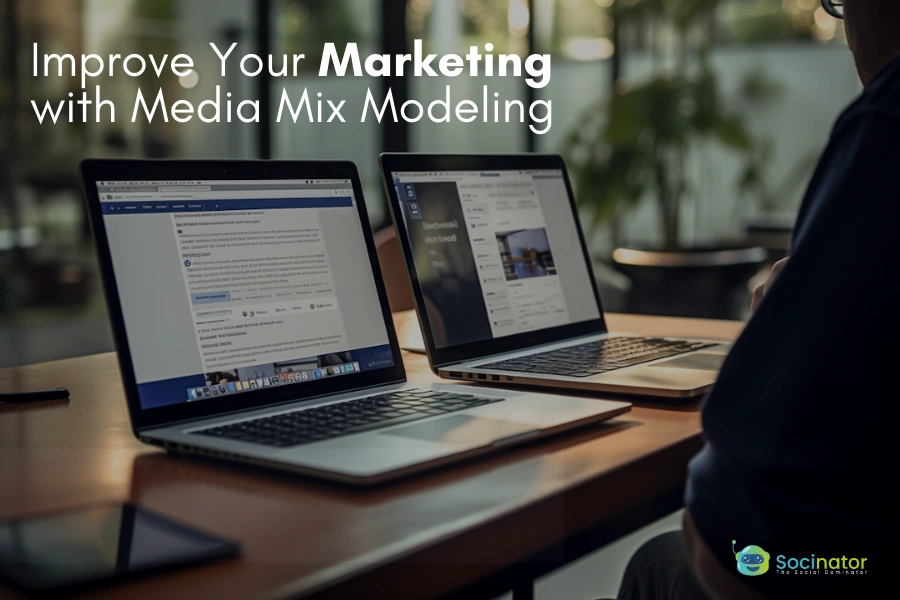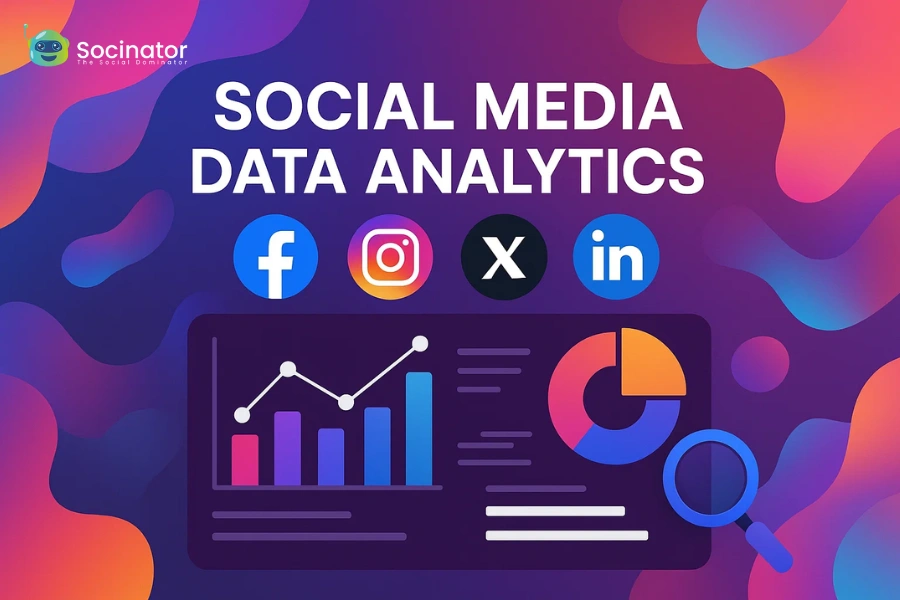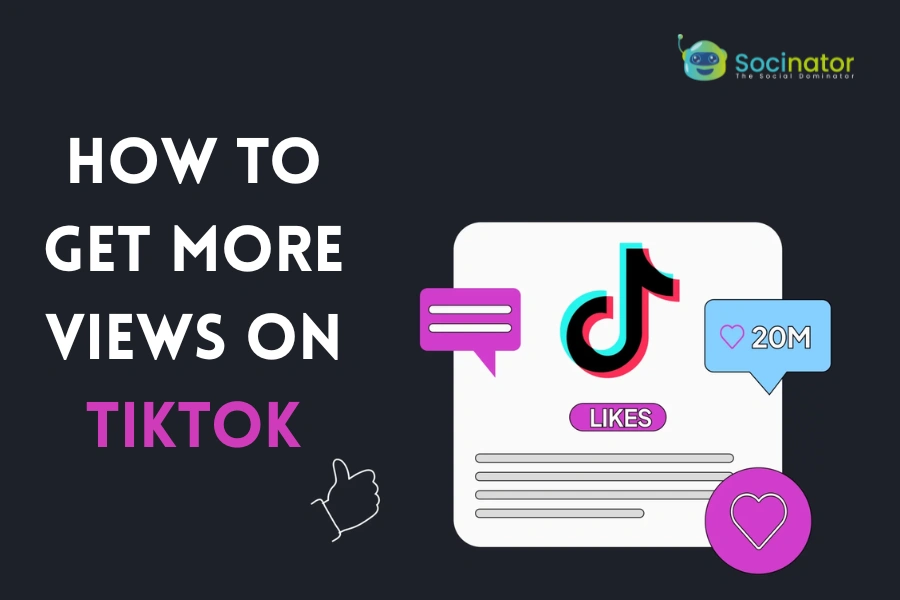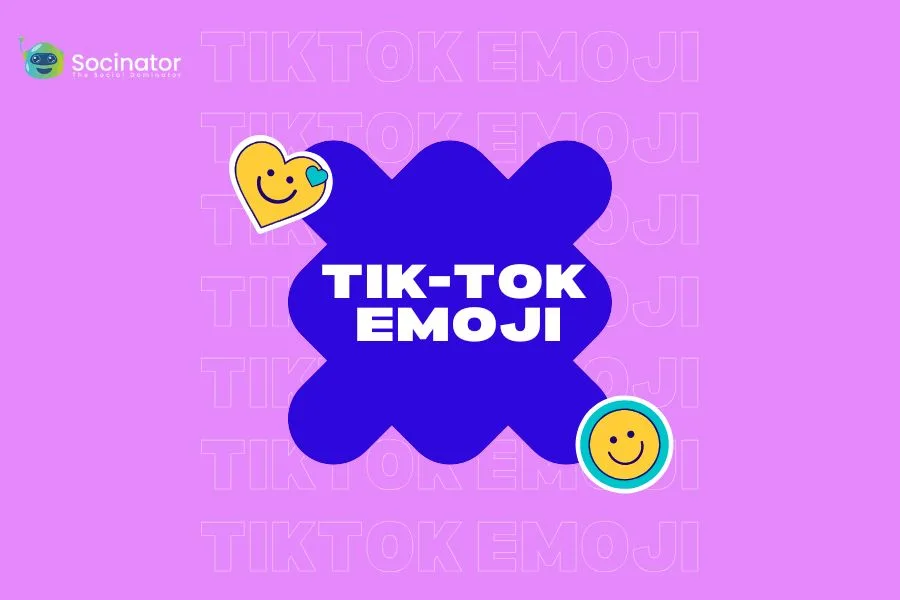Have you ever worked to figure out which marketing channels get the best results for your business? With so many options, it can be challenging to decide where to invest your budget. That’s where Media Mix Modeling (MMM) comes in. This data-driven approach eliminates guesswork, helping businesses identify the most effective channels for maximizing their marketing impact.
In this Blog, you’ll discover a simple, step-by-step process for analyzing your current efforts, adjusting your budget for better results, and improving your marketing performance. You’ll also find practical tips, clear examples, and actionable advice to help you.
In a hurry? Listen to the blog instead!
What Is Media Mix Modeling?
 Understanding the basics is the first step to success. Media strategy is a statistical approach that helps marketers analyze and quantify the impact of various advertising channels on overall business performance. Analyzing past data, a media strategy helps businesses determine which channels generate the most value and which are underperforming. It is especially important in today’s multi-channel, where marketing efforts are spread across TV, radio, digital, and social media.
Understanding the basics is the first step to success. Media strategy is a statistical approach that helps marketers analyze and quantify the impact of various advertising channels on overall business performance. Analyzing past data, a media strategy helps businesses determine which channels generate the most value and which are underperforming. It is especially important in today’s multi-channel, where marketing efforts are spread across TV, radio, digital, and social media.
Many marketers ask, “What is media mix modeling?” It is a method that breaks down the entire marketing mix to provide actionable insights for improving advertising strategies. It identifies the most effective channels and how they influence each other. For example, a social media campaign’s success may increase when paired with a TV ad. This interaction is a crucial aspect of Media Mix Modeling (MMM), helping businesses understand how different marketing channels work together to drive better results.
As digital and traditional marketing channels continue to merge, Media Mix Modeling (MMM) plays a crucial role in attributing success across platforms. By integrating insights from social MMM and data from modern social media management tools, businesses can gain a comprehensive view of how different marketing efforts contribute to overall performance.
How Does Media Mix Modeling Work?
 Advertising involves several stages—from initial data collection to deriving actionable insights that can influence your marketing strategy. Here’s a detailed look at each step:
Advertising involves several stages—from initial data collection to deriving actionable insights that can influence your marketing strategy. Here’s a detailed look at each step:
1. Data Collection
The foundation of media mix modeling is strong data. Start by gathering comprehensive data from all your marketing channels. It includes information from TV and radio ads, digital campaigns, and social media promotions. Accurate and complete data is essential for building a reliable model. The more detailed your data, the more precisely Media spend can pinpoint.
2. Statistical Analysis
Once you’ve collected your data, the next step is to perform statistical analysis. Algorithms and regression models to assess the contribution of each channel. Media mix modeling employs these techniques to break down the overall impact on sales and conversions, revealing how each channel influences performance. This step turns raw data into actionable insights to help you reallocate your budget to the maximum.
3. Optimization
The true power of marketing mix media lies in its ability to optimize your marketing spend. With clear insights into which channels drive the best results, you can adjust your budget allocation accordingly. For example, if your analysis shows that digital ads perform better than traditional print, you can allocate more resources to digital. This ongoing optimization is a key advantage of media spend, ensuring every dollar delivers maximum value.
4. Continuous Improvement
Media mix modeling is not a one-time fix—it’s an ongoing process. As market conditions change and new data becomes available, you update your models to keep your strategy current. Regular reviews and adjustments help maintain the effectiveness of your campaigns, making Advertising impact an integral part of an agile marketing strategy
Following these steps provides a powerful framework for making data-driven decisions that enhance your marketing performance.
Also Read!
Influence Of Social Media Analysis In Your Marketing Strategy
How To Master The X Algorithm In 2025?
Real-Life Media Mix Modeling Examples
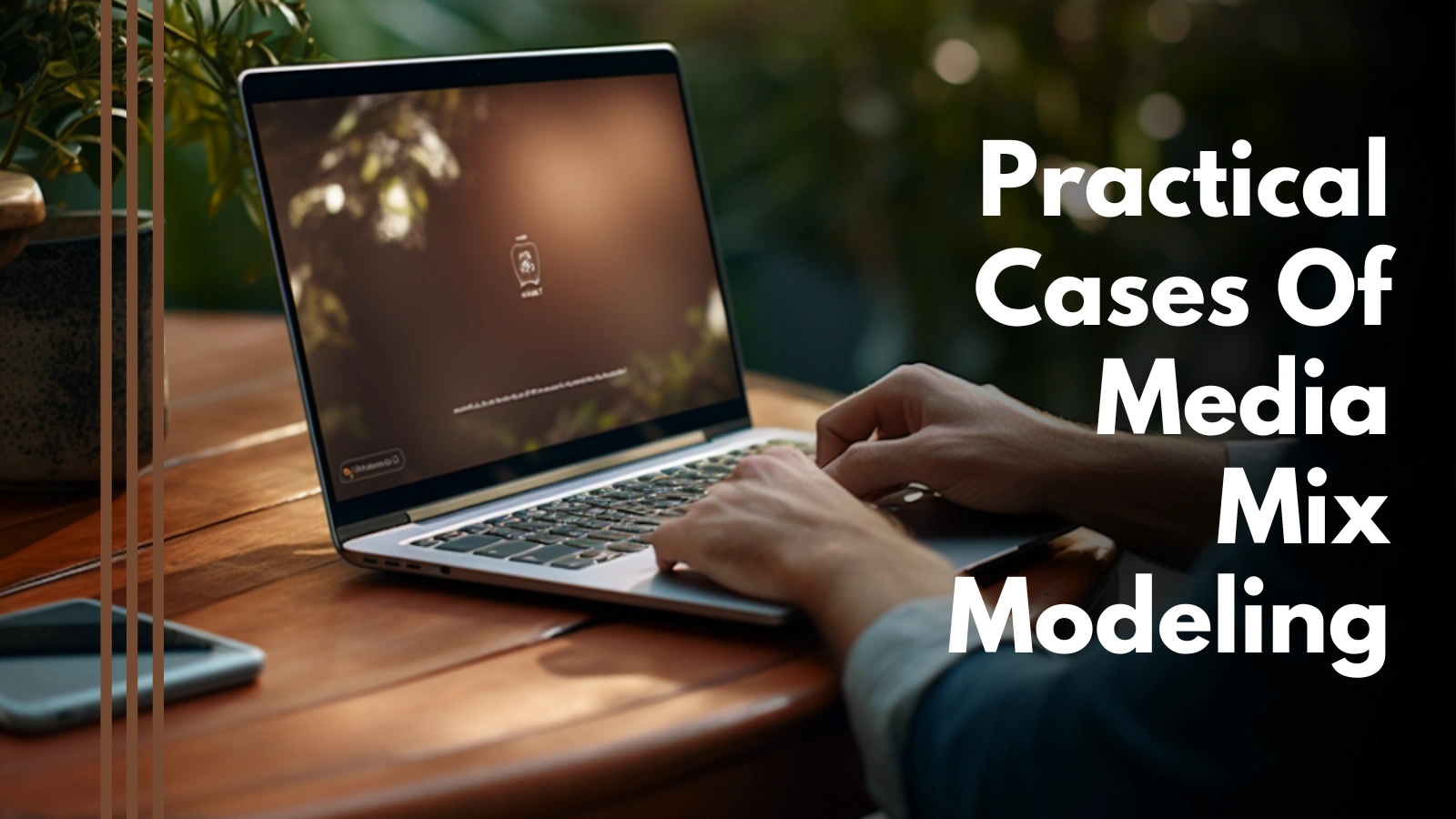 To fully understand the benefits of a media strategy, real-world examples are essential. Take a retail brand using both traditional and digital marketing. By applying media mix modeling, the brand finds that while TV ads build strong brand awareness, digital ads on social media drive direct sales. This example shows how combining different channels and optimizing budget allocation based on data can deliver powerful results.
To fully understand the benefits of a media strategy, real-world examples are essential. Take a retail brand using both traditional and digital marketing. By applying media mix modeling, the brand finds that while TV ads build strong brand awareness, digital ads on social media drive direct sales. This example shows how combining different channels and optimizing budget allocation based on data can deliver powerful results.
Another case is that of a SaaS company. The company leveraged Strategic media to analyze the effectiveness of various channels, such as email marketing, search engine ads, and social media outreach. Through Social Media Analysis, they discovered that a coordinated strategy significantly improved customer acquisition rates. Such insights demonstrate how MMM can be applied across different industries, helping companies tailor their marketing strategies to achieve better results.
These examples underscore the value of strategic media. By understanding which channels contribute most to your business goals, you can make smarter, data-driven decisions that boost ROI.
Implementing Media Mix Modeling Into Your Marketing Strategy
 Integrating this strategy into your marketing might be a systematic approach that can make the process smooth and highly rewarding. Here are some practical steps to guide you through implementation:
Integrating this strategy into your marketing might be a systematic approach that can make the process smooth and highly rewarding. Here are some practical steps to guide you through implementation:
Define Clear Objectives
Begin by setting specific, measurable goals for your marketing campaigns. Whether you aim to increase brand awareness, drive sales, or boost website traffic, having clear objectives will provide direction for your media process. With well-defined targets, you can more easily track performance as needed.
Gather Reliable Data
The effectiveness of a media mix hinges on the quality of your data. Collect data from all available marketing channels—TV, radio, digital, and social media. Ensure that the data is both comprehensive and accurate. The better the data, the more insightful your media mix modeling analysis will be.
Choose the Right Tools & Partners
Many tools can help with Integrated Media, each offering different levels of data analysis and forecasting. Choosing a platform that seamlessly integrates with your existing marketing systems is essential. It ensures a smooth and effective Advertising strategy, making it easier to optimize your campaigns.
Analyze and Interpret Your Data
With your data ready, apply statistical methods to evaluate each channel’s performance. It helps identify patterns and trends, showing how each channel contributes to your success. Gaining these insights allows you to refine your strategy and improve results.
Optimize Your Budget
Once you’ve identified the channels that drive the best results, reallocate your marketing budget to maximize ROI. This step is where the media mix delivers value, ensuring every dollar on channels tangible results. Regularly reviewing and adjusting your budget based on updated media mix modeling insights is key to staying ahead of the competition.
Monitor and Refine Your Strategy
Regularly track your campaign performance and adjust your strategy. Ongoing reviews help keep your marketing efforts effective and in line with current trends.
By following these actionable steps, you’ll be well on your way to successfully implementing media mix modeling into your marketing strategy, thereby driving measurable performance improvements.
However, if you want to stay ahead in competitive marketing, automation is key. With Socinator – the ultimate social media automation tool – you can put your social media on autopilot, ensuring consistent engagement while you focus on refining your broader marketing strategies.
By automating routine social media tasks, you free up valuable time to enhance your Media Mix Modeling, making your campaigns more efficient and impactful across all channels.
A Closer Look at Socinator – Your Social Media Manager
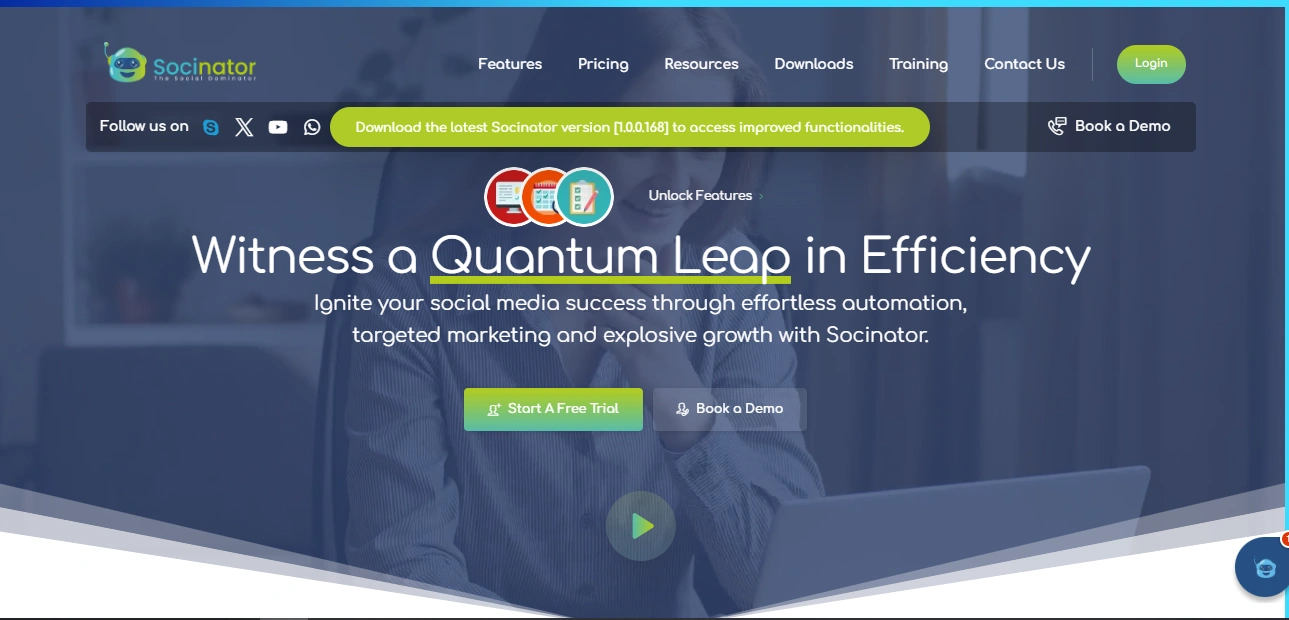 Managing multiple social media platforms can be overwhelming. It is where advanced tools like Socinator come in. Socinator is a cutting-edge social media management software designed to help marketers streamline their online presence and maximize engagement across various platforms.
Managing multiple social media platforms can be overwhelming. It is where advanced tools like Socinator come in. Socinator is a cutting-edge social media management software designed to help marketers streamline their online presence and maximize engagement across various platforms.
Why Socinator?
Socinator is a simple tool that helps you manage your social media accounts. It lets you schedule posts, track how your content performs, and handle several accounts in one place. It makes it easy to stay active on social media and see what works best for your online presence. Here’s what makes it an invaluable asset for any marketer:
Automation: With Socinator, you can schedule and automate posts across multiple social media channels. It ensures consistent engagement without the need.
Analytics and Reporting: The tool provides detailed analytics and reports when integrating data into your media mix modeling approach. These insights help you track performance, identify trends, and fine-tune your campaigns.
Multi-Platform Management: Whether you’re managing Facebook, Instagram, Twitter, or LinkedIn, Socinator allows you to oversee all your social media accounts from one centralized dashboard. It makes it easier to coordinate your campaigns and maintain a cohesive strategy.
Cost-Effective: Socinator offers a competitively priced solution that delivers comprehensive features without breaking the bank.
Ease of Use: Even if you’re not a tech expert, Socinator’s intuitive design ensures how to use the software and reap its benefits.
By incorporating Socinator into your digital strategy, you can enhance your social media marketing efforts and seamlessly integrate these insights with your overall media mix modeling approach. This synergy is critical in today’s competitive landscape, where every marketing channel must work to drive business success.
Media Mix Modeling in Social Media Marketing
 Social media marketing is vital to any digital strategy. With MMM, these platforms become even more powerful for achieving business success. Analyzing data from channels like Facebook, Instagram, Twitter, and LinkedIn clarifies how they each contribute to broader marketing goals.
Social media marketing is vital to any digital strategy. With MMM, these platforms become even more powerful for achieving business success. Analyzing data from channels like Facebook, Instagram, Twitter, and LinkedIn clarifies how they each contribute to broader marketing goals.
By using media modeling in your social media efforts, you can:
Identify High-Performing Content: Look at the numbers over time to notice patterns in what your audience enjoys. When you see that certain types of content consistently perform well, you can use those insights to create more of that style in the future. This process helps you understand your audience’s preferences better and ensures you invest your time and resources into what truly works.
Optimize Ad Spend: Review your advertising data from different platforms to determine where you get the most return for every dollar spent. Compare cost and results, such as clicks or conversions. If one platform consistently delivers better results, consider shifting more of your budget there. This approach helps you use your marketing dollars more efficiently, ensuring the channels that give you the best value.
Enhance Engagement: Your audience interacts with your posts to understand what makes them stop and engage. Pay attention to the timing of posts, the style of your messages, and the type of content that sparks conversation. Use this information to adjust your content strategy, aiming for a mix that invites comments, shares, and likes, a stronger connection with your audience, and more active participation in your social media efforts.
Forecast Trends: Use past data as a guide to predict future trends on social media. Look for recurring patterns in engagement, such as which days or times tend to perform better or which topics generate interest during periods. This analysis helps you plan your content calendar for shifts in audience behavior or emerging trends. By staying ahead of the curve, you can adjust your strategy proactively and keep your content fresh and relevant.
Ultimately, combining the insights gained from media mix modeling with the reach of social media marketing provides a holistic view of your marketing efforts. This data-driven approach empowers you to refine your strategies continuously and ensures that every channel contributes to your overall success.
Conclusion
In conclusion, implementing media mix modeling can be a game-changer for your marketing strategy. By breaking down the contributions of each channel and optimizing budget allocation, you can drive better ROI and achieve your business goals. Whether you are a small business or a large enterprise, Advertising analysis offers a clear path to understanding and enhancing your marketing performance.
With powerful tools like Socinator, you can seamlessly integrate social media management with your media mix modeling strategy—ensuring that every aspect of your marketing efforts works in concert to drive success. Embrace the insights to make smarter, data-driven decisions that propel your business forward.
Now is the time to take action. Start by defining clear objectives, gathering accurate data, and choosing the right tools to analyze and optimize your campaigns. With MMM as a cornerstone of your strategy, navigate the complexities of today’s marketing landscape and secure lasting success.
FAQs
What is the difference between media mix modeling and attribution modeling?
MMM evaluates long-term marketing effectiveness across multiple channels, while attribution modeling focuses on short-term, user-level interactions, often giving credit to the last touchpoint before conversion.
Is this method useful for small businesses with limited marketing budgets?
Yes, but small businesses may need simplified models due to limited data. Using AI-driven tools or partnering with analytics platforms can help small businesses leverage effectively without extensive resources.
How does privacy regulation (such as GDPR or CCPA) impact the effectiveness of media strategies?
Privacy laws limit access to user-level data, making it harder to track individual interactions. Media mix circumvents this by relying on aggregated, anonymized, and maintaining compliance while analyzing trends.
What are the key differences between traditional and digital media mixes?
Traditional models focus on broad media categories (TV, radio, print), while digital Marketing includes granular data from online platforms, social media, and e-commerce, allowing for more precise analysis.
How does MMM compare with AI-driven marketing automation?
Media mix provides strategic insights, while AI-driven automation. Combining both creates a powerful data-driven marketing strategy.
What is the impact of changing marketing trends on long-term media strategies?
Frequent shifts in marketing trends require businesses to continuously update their models, test new strategies, and remain flexible to maximize effectiveness.

